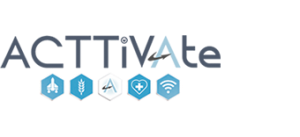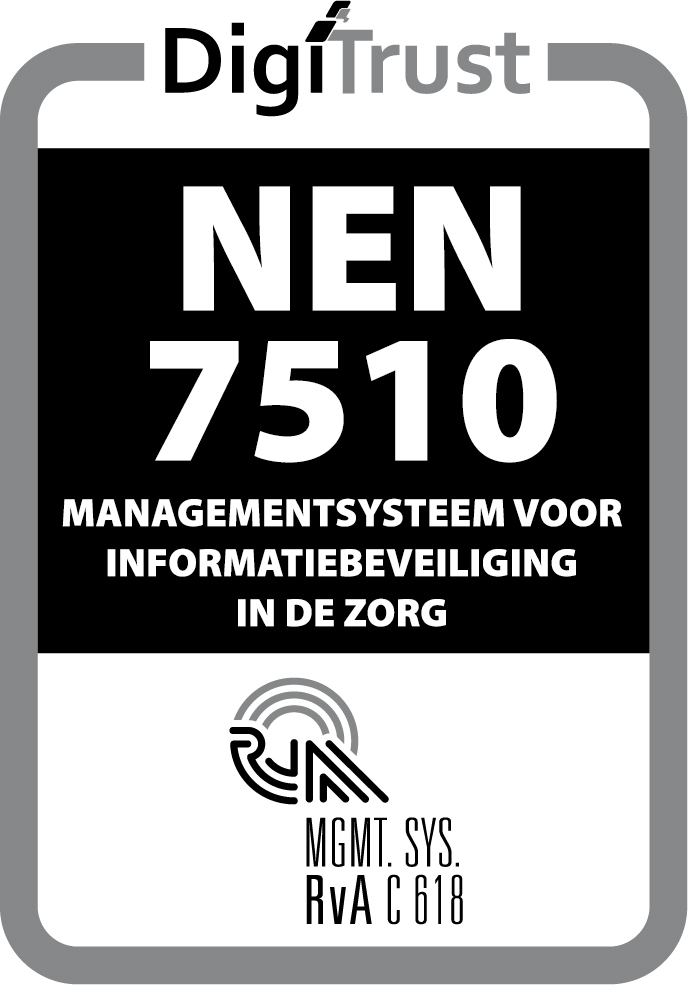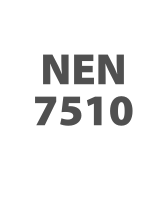A technical crossover between the ICT and Health sectors aims to perform network analysis on symptoms of patients with mental complaints. This can help to focus treatments on those areas that are most crucial to the patient’s condition, leading to a more efficient treatment.
Empathic Learning Infrastructure for Symptom Analysis
Feb 2018 – Nov 2018
Background
The mental healthcare sector is facing increased pressure in recent years; patients are facing more complex disorders, and the chance of relapse is high. On the other hand, treatments still largely follow the traditional model of face to face, agenda-driven sessions with a therapist, taking little advantage of technological innovations. Currently, wait times for a treatment can sometimes run as long as eight weeks, further exacerbating a patient’s complaints.
Objective
In this project, we explore a technical crossover between the ICT and Health sectors to come up with a platform which can provide network analysis on symptoms of patients with mental complaints. By applying network analysis, the treatment can be focused on those areas that are most crucial to the patient’s condition. This will lead to a more efficient treatment, and allows the therapist to focus on applying their expertise in the areas where it is needed the most. Furthermore, it will improve access to mental healthcare across the board, while largely reducing the current problems with wait times.
Results
The proposed technological innovation has been demonstrated through our prototype. We aimed to deliver network of symptoms for patients with mental health disorders from EMAs and AS data. The built prototype is able to generate these models for different types of network types and can be applied to either single patients or group of patients. Our prototype summarizes the insights gained from the data in a fashion which is meaningful to the clinician, based on significance tests and grounded in psychology research.
The results of this research can be easily visualized through a web dashboard that collects the networks of all the patients of the study. There is possible to see in detail the positive/negative relationships between each of the variables and symptoms collected from patient data and their strength. This can be done with either a single network that represents the entire treatment process of the patient or also by generating dynamic networks that represent a time window of the treatment which can be shifted over time and allow to see network transitions during the entire treatment. We have also made group analyses that let us see the common elements between multiple users with similar characteristics such those with the same medical diagnosis.








